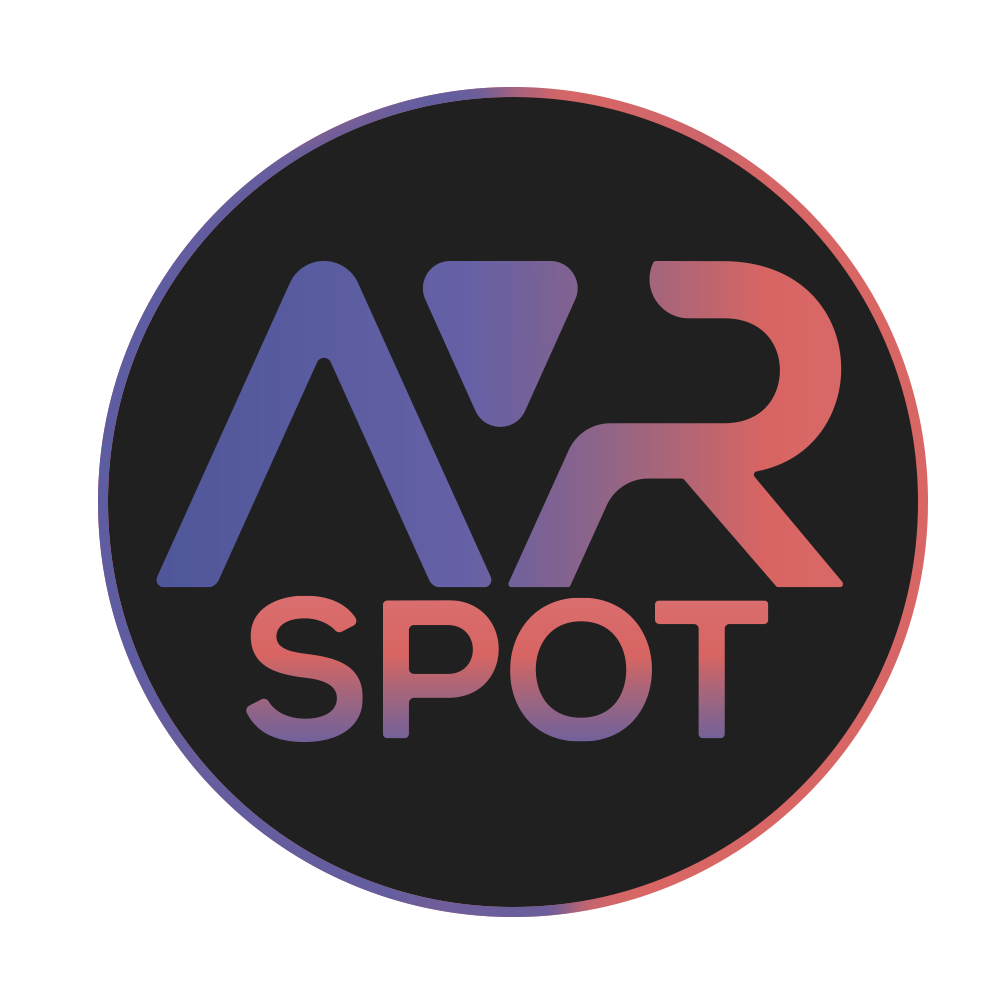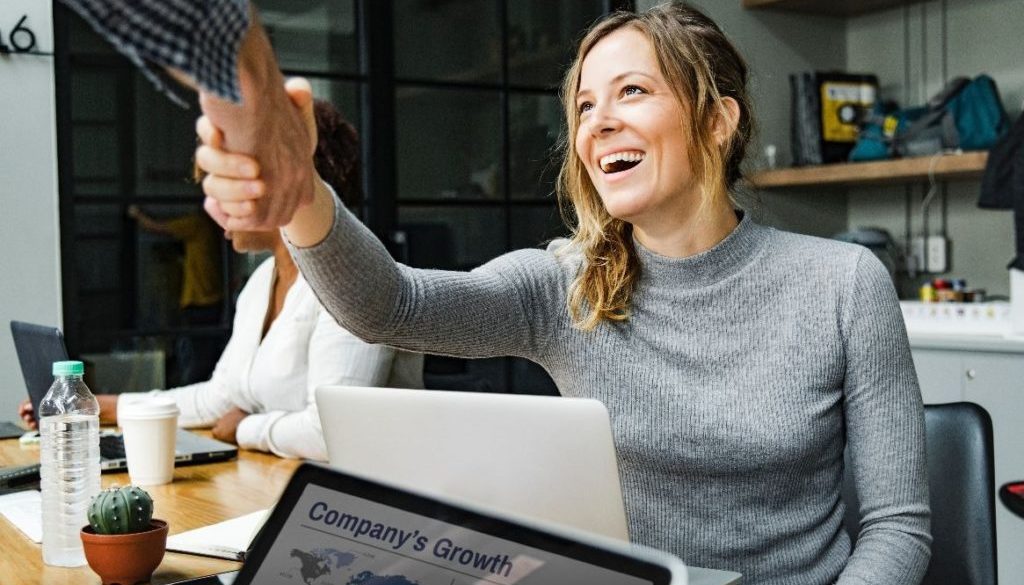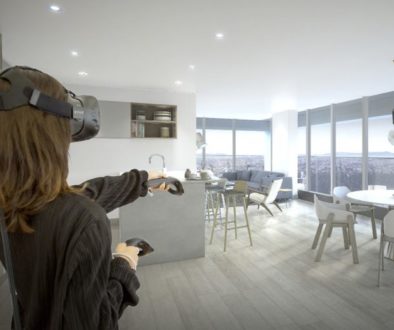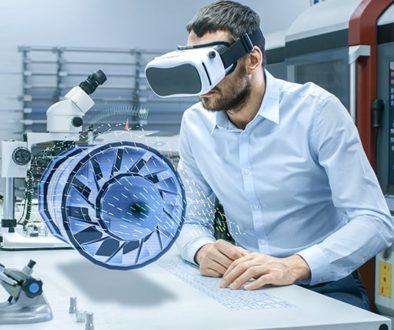The Most Effective Way To Attract Customers And Investors To Large-scale Real Estate Projects
Nowadays, it is hard to imagine any large-scale real estate project without digital visualization. The main challenge is to visualize and show the project that doesn’t exist yet.
And if you are struggling to find clients, here are several ways you need to follow to attract customers and investors to large-scale real estate projects such as city districts, communities, and cottage villages.
Visual Renders
There is no better sales tool for a real estate than providing potential investors with a ‘realistic feel’ even before physical construction has commenced.
Well, what are visual renders? Visual Rendering is the process of transforming ideas into two- or three-dimensional ‘works of art’. It is a great solution for constantly delivering additional data to help designers, architects, and real estate developers to visualize their ideas. Potential buyers are introduced to properties through imagery and with such a competitive market, it’s a must to make that first impression unforgettable.
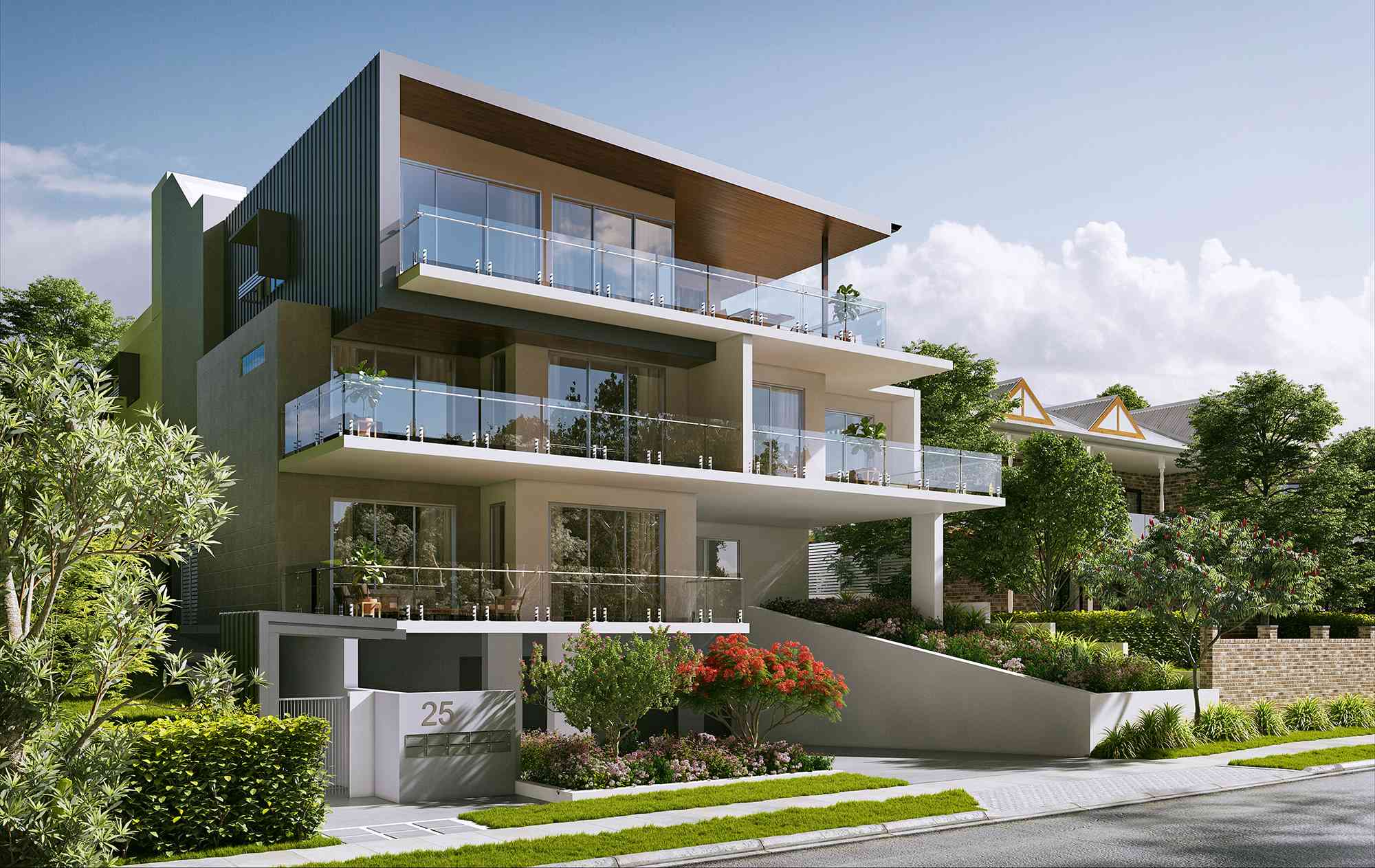
3D Visualization
The biggest change that 3D architectural visualization will make to real estate is the home showcasing process. Between driving from house to house, and coordinating with your realtor, traditional home showcasing is wildly inefficient for realtors and homebuyers alike.
Humans are spatial beings. We interact with and understand a large portion of our realities in three dimensions. 3D architectural visualization provides a possibility to move and fly all over the scene, see buildings, parks, roads in different angles. It provides much more freedom and can be combined with Virtual or Augmented Reality. 3D Visualization is an effective way to convince potential clients to invest in a property.
Related: How to succeed in Construction Business with Augmented Reality
VR Bike Tours
3D visualization is a very effective way to attract customers and investors. But what if you could virtually experience and feel how it’s like to live in that property? See kids playing in the park, neighbors saying “Hi” to you while jogging through avenues, cars are passing by, the wind is moving through the trees… Imagined? Let’s add more interactivity.
Now you are riding a bike while listening to a virtual guide next to you talking about the district or community.
According to our client’s feedback, thanks to virtual experience a buying ratio increased more than twice compared to usual architecture visualization materials presenting. Why?
- First of all, it has a “WOW” effect. Your guests see a bike and a VR headset in a welcome center and it is close to a 100% “YES” answer to a question: “Do you want to try?”
- There is a scripted guide riding next to your guest that presents the project in the best way.
- The scene consists of high-quality 3D models and animation and it’s not only a visualization but a whole experience. Just imagine — your architectural project is coming to life!
Related: How We Used Bezier Curve to Create VR Bike Experience
How We Are Doing This
The process includes the next steps:
- Receiving references and materials from the client, such as CAD files, blueprints, renders, photos/pictures. Here we discuss all important aspects of the project such as project goal, main characters, interactions, bike path etc.
- Defining the project architecture and dependencies.
- Creating a road system (precise models of roads, sidewalks, bike paths etc.).
- Architecture visualization. Creating hyper-realistic models of buildings regarding the plan.
- Creating static objects (benches, bridges, parks, kids gardens, fountains, rocks, logs etc.).
- Plants, grass, and trees. Creating vegetation that exists in a particular area.
- Static scene optimization iteration: LOD creation, occlusion cooling, light baking.
- Dynamic objects creation: moving cars, flying birds, wind effects etc.
- Animation system architecture.
- Character creation and animation. You can read more about it here.
- Player controller setup: interactions with the world, movement restriction, connection with hardware. You can read more about it here.
- Sound system implementation.
- Visual fidelity: post-processing effects.
- Building for appropriate VR platforms.
- Hardware setup (bike, VR headset, large screen, controllers).
The average project length is around 3-7 months depending on complexity and requires 3-6 engineers and 3D artists.
To help companies adopt this technology, we provide a limited-time offer for the first 3 companies who will contact us (our team will develop a free case-study for your real estate project).
So, don’t hesitate to reach out to AVRspot, and we’ll help you make your real estate business innovative!
It is often a tough decision for an organization to invest in virtual reality solution creation. AVRspot inc. provides a unique possibility to create MVP (minimal viable product) without any risks*.
* Please contact us to learn more about our “No Risks Program”
